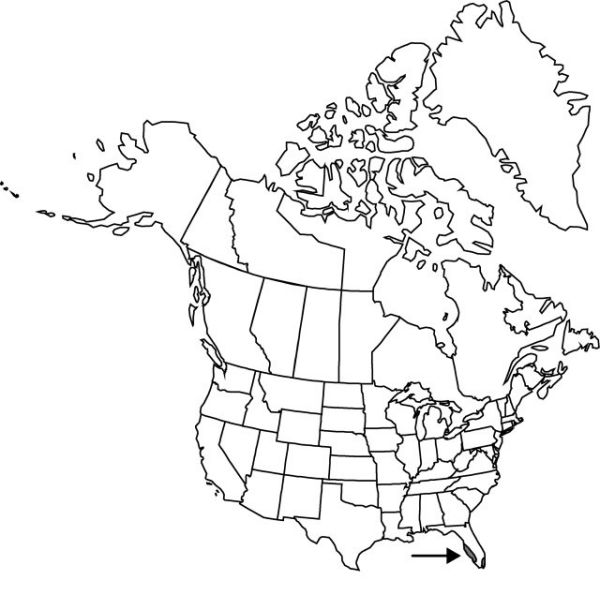Difference between revisions of "Triphora gentianoides"
in O. Ames, Orchidaceae 7: 5. 1922.
FNA>Volume Importer |
imported>Volume Importer |
||
| (One intermediate revision by the same user not shown) | |||
| Line 1: | Line 1: | ||
{{Treatment/ID | {{Treatment/ID | ||
|accepted_name=Triphora gentianoides | |accepted_name=Triphora gentianoides | ||
| − | |accepted_authority=(Swartz) Ames & Schlechter | + | |accepted_authority=(Swartz) Ames & Schlechter |
|publications={{Treatment/Publication | |publications={{Treatment/Publication | ||
|title=in O. Ames, Orchidaceae | |title=in O. Ames, Orchidaceae | ||
|place=7: 5. 1922 | |place=7: 5. 1922 | ||
|year=1922 | |year=1922 | ||
| + | }} | ||
| + | |special_status={{Treatment/ID/Special_status | ||
| + | |code=F | ||
| + | |label=Illustrated | ||
}} | }} | ||
|basionyms={{Treatment/ID/Basionym | |basionyms={{Treatment/ID/Basionym | ||
| Line 42: | Line 46: | ||
-->{{#Taxon: | -->{{#Taxon: | ||
name=Triphora gentianoides | name=Triphora gentianoides | ||
| − | |authority=(Swartz) Ames & Schlechter | + | |authority=(Swartz) Ames & Schlechter |
|rank=species | |rank=species | ||
|parent rank=genus | |parent rank=genus | ||
| Line 55: | Line 59: | ||
|publication title=in O. Ames, Orchidaceae | |publication title=in O. Ames, Orchidaceae | ||
|publication year=1922 | |publication year=1922 | ||
| − | |special status= | + | |special status=Illustrated |
| − | |source xml=https:// | + | |source xml=https://bitbucket.org/aafc-mbb/fna-data-curation/src/2e0870ddd59836b60bcf96646a41e87ea5a5943a/coarse_grained_fna_xml/V26/V26_1209.xml |
|subfamily=Orchidaceae subfam. Epidendroideae | |subfamily=Orchidaceae subfam. Epidendroideae | ||
|tribe=Orchidaceae tribe Triphoreae | |tribe=Orchidaceae tribe Triphoreae | ||
Latest revision as of 21:12, 5 November 2020
Plants 8–26 cm. Roots from cylindric tuberoids, 30–60 × 8–10 mm. Stems green, often tinged with brown or purplish, unbranched or rarely 2–3-branched from base. Leaves 3–10, ascending, usually partially sheathing stem; blade green, often tinged with brown or purple, bractlike, ovate, 1–1.8 × 0.5–1 cm, margins entire. Inflorescences 3–10(–15)-flowered corymbose racemes. Flowers not resupinate, erect, closed to slightly gaping, pale green, sometimes tinged with brown or reddish brown; flowering successive, anthesis overlapping; dorsal sepal linear-lanceolate, 6–11 × 2–2.5 mm; lateral sepals linear-lanceolate, falcate, 6–11 × 2–2.5 mm; petals linear-lanceolate, falcate, 8–11 × 1–2 mm; lip facing stem, white to pale green, ovate to obovate, clawed, 3-lobed, 8–10 × 3–4 mm, middle lobe ovate, lateral lobes lance-ovate, margins erose to nearly lacerate; disc with 3 green, raised, denticulate crests; column yellowish white, clavate, slender, 7 mm; pollinia 2, yellow. Capsules erect, ellipsoid, 10–20 × 5–10 mm.
Phenology: Flowering summer.
Habitat: Sandy pinelands in shade or full sun, persisting in sandy lawns, or rarely in shade of live- oak hammocks
Elevation: 0–10 m
Distribution

Fla., se Mexico, West Indies (Cuba, Dominican Republic, Haiti), Central America (Belize, Guatemala, Honduras, Panama), South America (Ecuador, Venezuela).
Discussion
The flowers are presumed to be self-fertilizing. The anther color has been reported as purple for Venezuelan material (G. C. K. Dunsterville and L. A. Garay [1959]–1976, vol. 3).
Selected References
None.
